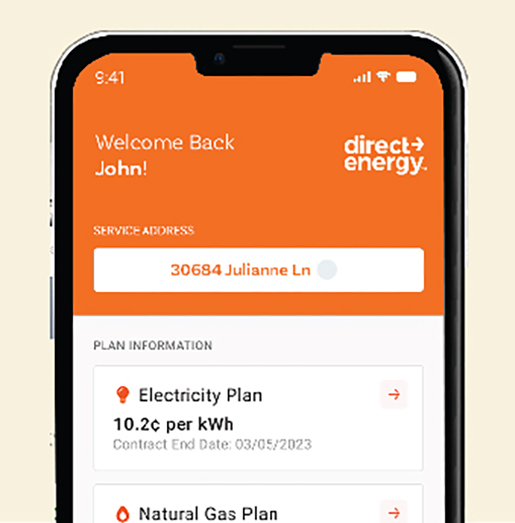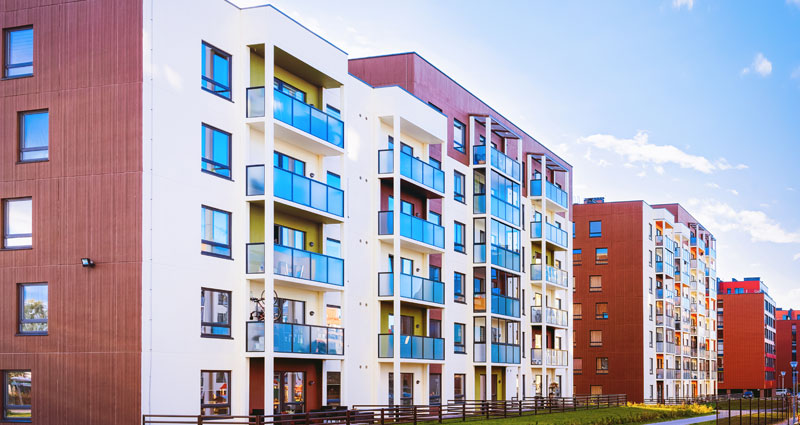Pursue ENERGY STAR options
Replacing outdated appliances or electronics with ENERGY STAR models is a cost-saving, green-living upgrade that doesn't require any lifestyle change. The bigger the appliance, the larger the savings, but even replacing the home's outdated incandescent light bulbs with ENERGY STAR LED bulbs can save $30-80 over the lifetime of each light. Nowadays, these types of bulbs are more affordable than ever. Not only will replacing them help to create a better green living home, but will reduce your energy bill as well.
Create less waste
Many waste-creating daily habits have green-living alternatives. For example, purchasing a durable water bottle eliminates the need for plastic bottled water, and using inexpensive tote bags for shopping errands eliminates the need for plastic bags that will later be thrown away. Pay bills online and look for paperless options to cut back on the amount of wastepaper you create. Buying food in bulk is also a great way to reduce the number of containers you throw away as well.
Source your food locally
The shorter the distance that food travels from the farm to your dinner table, the less energy the journey consumes. Keep an eye out for farmer’s markets and local sections in your supermarket to source locally produced meat, dairy and produce. If the food is organic and grown without releasing damaging chemicals into the environment, all the better. Many states and local parks organize farmer's markets where you can purchase local produce, crafts and more.
Don't let there be light
Turning off the lights in an empty room is a smart way to conserve energy, and it's a tip that was around even before the green-living movement began. If you're someone who cares about living a green lifestyle, this is a habit worth following. Another tip to conserve energy is to use artificial light only when it's necessary. During the day, try to make the most of natural light by drawing back the curtains and letting sunlight in. At night, it's best to avoid using lights as much as possible and only turn them on when necessary.
Use green cleaning products
Everyone needs to clean, but some of the cleaning products you purchase at the supermarket can have negative effects on the environment, not to mention your health. You can concoct healthy, green cleaners using common household items like baking soda and vinegar that will get your home clean and shiny without harmful side effects.
Embrace cooler water
To reduce the energy and financial cost of running your home's water, adjust the temperature setting between 120° and 130° F (48 and 54 degrees Celsius). This also helps to lower the risk of scalding. When washing clothes, it's eco-friendly to use cold water instead of hot water.
Cultivate a green yard
Don’t forget the area outside your house when you’re trying to enhance your green lifestyle. Choose plants that don’t require much water, plant trees for shade and windbreaks, and avoid harsh herbicides and pesticides to help cultivate a yard that is more in tune with the surrounding nature. Planting trees near windows is also an excellent way to keep your home cool during the hot summer months. By reducing the heat that enters your home, you can also lower your energy costs.
Eliminate useless energy waste
Even those most dedicated to green living at home waste energy via household items that are not in use. Tour the home and look for leaky faucets that need to be fixed, electronics and chargers that can be unplugged, and computers that need to be completely shut off. All of these adjustments will help make your lifestyle greener.
Find alternatives to throwing away
Objects that appear to be past their point of usefulness may have life yet in the hands of someone else. Before throwing the object away, determine if it can be recycled, donated or sold to someone else. Finally, consider whether the item may be repurposed in some way – such as turning a jar into a flowerpot or a tire into a swing. Many electronics can also be repurposed by schools and local computer repair shops, so check to see if your state offers local computer recycling programs.
Choose cloth over paper
Whether repurposing old t-shirts as cleaning rags or investing in towels, cloth presents a more eco-friendly alternative to paper. A cloth rag can last for years, whereas used paper gets thrown out immediately. Use cloth towels for cleaning projects, cloth napkins for meals and cloth diapers for children.
Look for sources of green energy
Electricity produced by wind and solar energy is dramatically more friendly to the environment than using fossil fuels, and renewable generating facilities are expanding rapidly all over the country. That means more opportunities for you to use green energy in your home and know that you’re doing your part to reduce carbon emissions.
Enlist your friends and family
Every person you bring on board to a green lifestyle multiplies the impact that you can make on your own. Teach your kids about conservation around the house, encourage other friends and family members to think green, and you’ll be surrounded by an eco-friendly community in no time.
These tips can help anyone embrace green living at home, and while the more tactics you pursue, the larger the environmental benefit, any one of these practices can serve as a starting point toward a green living lifestyle.




































